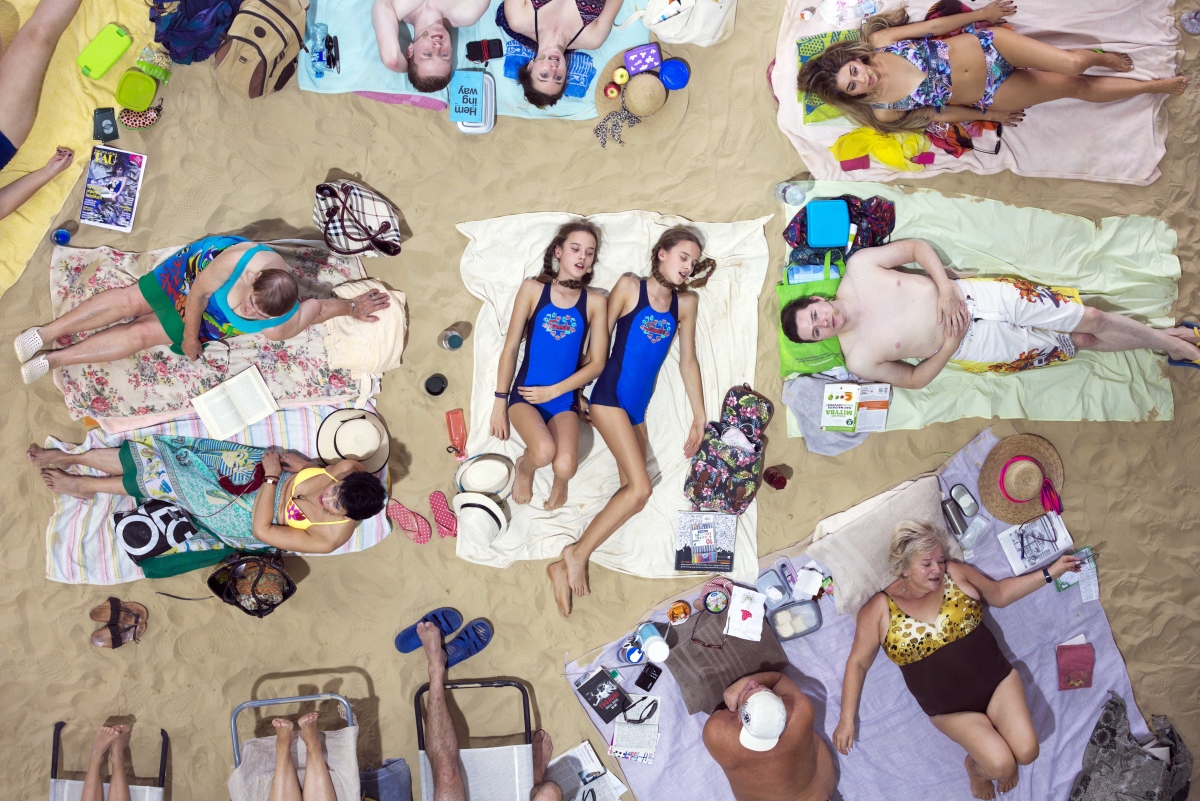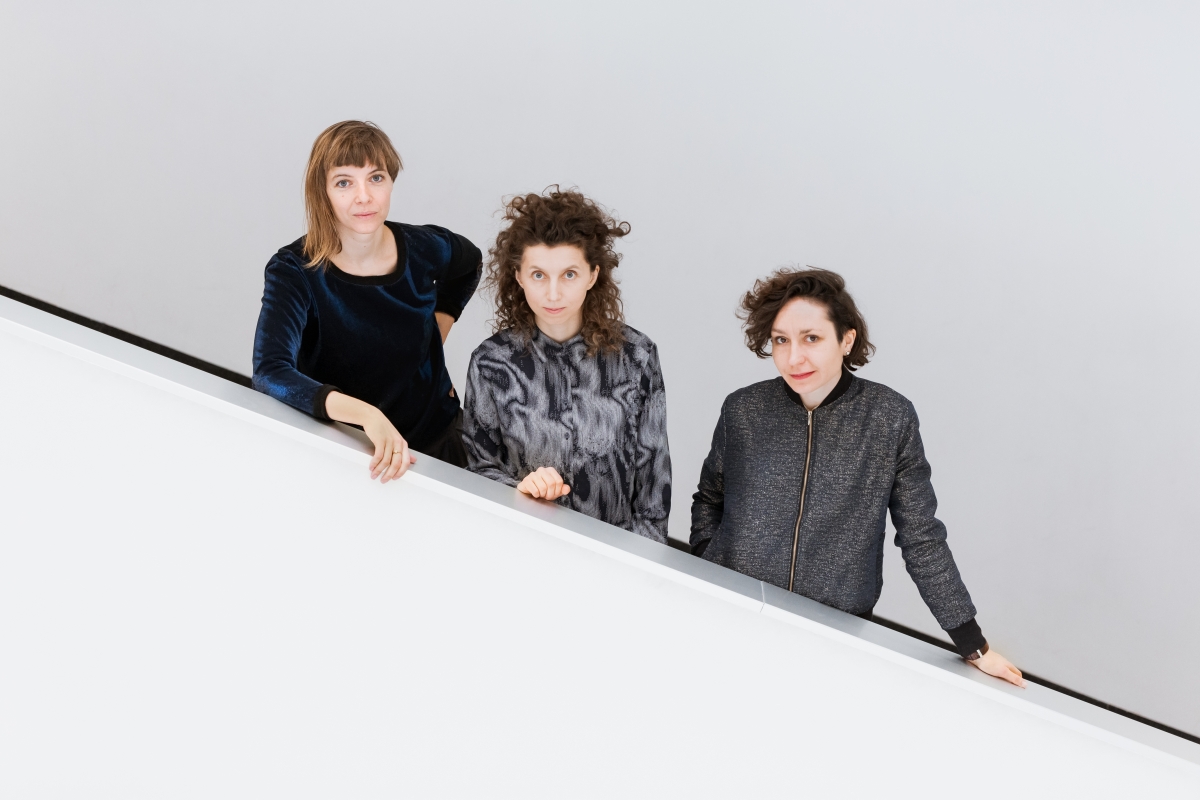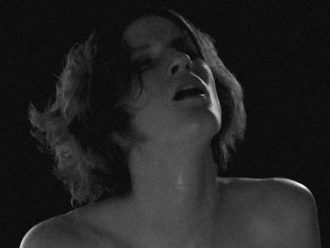
Rugilė Barzdžiukaitė, Vaiva Grainytė, Lina Lapelytė, Sun & Sea, 2017, opera-performance. Photo: Neon Realism
Playing on the beach this summer – a sun-drenched opera for the Anthropocene
Sun & Sea (Marina)
The Lithuanian Pavilion for La Biennale di Venezia
Marina Militare, Calle de la Celestia 2737F, 30122 Venice
8 May–31 October 2019
For the 58th International Art Exhibition – La Biennale di Venezia (Venice, Italy), the Lithuanian Pavilion will transform the interior of a historic quayside building into an artificially lit beach scene replete with sand and all the paraphernalia associated with seaside holidays.
In the unique setting of the Marina Militaire, located adjacent to The Arsenale, which until now has never previously been used during the Biennale, artists Rugilė Barzdžiukaitė, Vaiva Grainytė and Lina Lapelytė present a durational opera performance of Sun & Sea (Marina). While initially appearing light-hearted, this highly innovative take on the operatic form – described as “counter-monumental” and “anti-baroque theatre” – addresses some of the most pressing ecological issues of our time. Presented by Nida Art Colony of Vilnius Academy of Arts, Sun & Sea (Marina) is curated by Lucia Pietroiusti, Curator of General Ecology and Live Programmes at the Serpentine Galleries, London.
With a birds-eye view of the performance from the gallery above, audiences look down on the assembled characters who appear as a typical group of holiday-makers, of varying ages, shapes and sizes, attired in colourful bathing suits and sunbathing under the full glare of the sun. Surveying this fleshy tableau vivant from their sun-like vantage point, the audience observe the frailty of the human condition. As the libretto unfolds we are introduced to each individual in turn, through sung performances (performed whilst lying down) that reveal private preoccupations, ranging from trivial concerns about sunburn and plans for future vacations to nagging fears of environmental catastrophe, which surface as though from the depths of the characters’ troubled consciousness. Frivolous micro-stories on this crowded beach give way to broader, more serious topics and grow into a global symphony, a universal human choir addressing planetary scale issues. Tired bodies offering a metonym for a tired planet.
Specially adapted for the La Biennale di Venezia, this will be the first version of this piece in English. The original version of Sun & Sea was produced by Neon Realism, with the support of Akademie Schloss Solitude, Münchner Kammerspiele, Goethe-Institut, Dresden State Theatre. Daisy Hildyard, author of The Second Body – an essay on the anthropocene, will give the opening talk during the vernissage.
This is not the first collaboration for the three artists, who have known each other since teenage years growing up in Kaunas, the second largest city in Lithuania. Their contemporary opera Have a Good Day! – created between 2011 and 2013 and still touring the world – won six international awards in Europe. It has toured more than twenty festivals and was broadcast on BBC Radio 3 and the Lithuanian National Radio. In 2018 at the Golden Cross awards in Lithuania the artists were awarded Borisas Dauguvietis prize for their innovative and original ideas. In their collaborations, the artists pay special attention to the relationship between documentary and fiction, reality and poetry as well as the overlap of theatre, music and visual arts. Themes that appear in Sun & Sea (Marina) have run through the artists’ works, such as Rugile Barzdžiukaitė’s award-winning film essay, Acid Forest, which replaced the human’s filmic viewpoint with that of birds, or in Have a Good Day!, an opera in which complex questions such as gender, aging and labour were addressed through individual checkout-counter workers’ songs, all offering an insight into their everyday lives and preoccupations.
This project marks the second time that Vilnius Academy of Art’s Nida Art Colony has produced Lithuania’s Pavilion in Venice. In 2015, during the 56th Venice Biennale, the Colony presented Dainius Liškevičius’ project Museum. The head of Nida Art Colony, art critic Dr Rasa Antanavičiūtė, will serve as the Commissioner of the national pavilion together with Jean-Baptiste Joly, founder and artistic director of Akademie Schloss Solitude residence where the development of Sun & Sea began in 2016. Sun & Sea (Marina) follows the Swamp Pavilion, the Lithuanian pavilion for the 2018 Venice Architecture Biennale, which also focused on environmental issues.
Organized biennially since 1895, the international Venice Biennale is considered one of the most prestigious exhibitions of contemporary art in the world. The 2019 edition is curated by London’s Hayward Gallery Director, Ralph Rugoff. Lithuania has been participating in the Venice Biennale since 1999.

Rugilė Barzdžiukaitė, Vaiva Grainytė, Lina Lapelytė. Photo: Andrej Vasilenko
Rugilė Barzdžiukaitė (b.1983) works as film and theatre director. Her favorite creative strategies include the exploration of the tension between objective and imagined realities, and challenging anthropocentric way of thinking in a playful way. Her recent full-length documentary thriller Acid Forest was awarded at the Locarno International Film Festival among others and is currently touring in film festivals around the world.
Vaiva Grainytė (b.1984) is a writer, playwright, and poet. Her writer’s practice usually crosses the boundaries of desk work and becomes an integral part of an interdisciplinary polylogue. Her latest collaborative works – the musical performance The Cuckoos (2018), the site-specific performance Lucky Lucy (2016) and the radio play Axis Deviation (2015), exhibit the features typical of her oeuvre: personal and collective memory, daily routine and social issues are in harmony with poetic, ironic and surreal overtones. Her book of essays Peking Diaries was nominated for Book of the Year 2012 and shortlisted as one of the 12 most creative books in Lithuania.
Lina Lapelytė (b.1984) is an artist and musician. Her performance-based practice is rooted in music and flirts with pop culture, gender stereotypes and nostalgia. Her latest works were shown at CCA Ujazdowski, Warsaw; Give up the ghost! – Baltic Triennial, Tallinn; Undersong – KIM?, Riga; Pirouette – Rupert, Vilnius (solo) ; Everything i do i do it big – DRAF, London (solo); Magma – National Gallery of Art, Vilnius; Public Movement – Moderna Museet, Malmo; Parades – FIAC, Paris; Listening – Hayward touring show,UK; Block Universe – London ; Park Nights – Serpentine, London.
Lucia Pietroiusti is Curator of General Ecology and Live Programmes at the Serpentine Galleries in London, where since 2013 she has been instrumental in developing the annual Marathon series and the successful Park Nights series of site-specific events and performances. Her long-standing research into ecology and the environment, begun in 2014 with the Serpentine’s Extinction Marathon, led Pietroiusti to develop the General Ecology project at the Serpentine Galleries. Launched in 2018, General Ecology is a multi-disciplinary and long-term project addressing ecology, post-humanism and complexity through workshops, research networks, publications, live events, radio and exhibitions. As part of General Ecology, she is the co-curator (with Filipa Ramos) of the two-year-long symposium and research project on interspecies consciousness, The Shape of a Circle in the Mind of a Fish and of The Serpentine Podcast (with Kay Watson).
Nida Art Colony is an art and meeting space, surrounded by sand dunes and seas. Opened in 2011 as a subdivision of Vilnius Academy of Arts, NAC runs an Artist-in-Residence Programme, Nida Doctoral School, and initiates art, education and research projects that encourage a creative confluence of academic and non-academic education, artistic and scientific practice, hard work and leisure. Operating all year round, NAC receives about 700 people a year and provides space for workshops, intensive courses, exhibitions, seminars, rehearsals, artists’ talks and screenings. Its activities can result in presentations, exhibitions, broadcasts and publications.

Rugilė Barzdžiukaitė, Vaiva Grainytė, Lina Lapelytė, Sun & Sea, 2017, opera-performance. Photo: Neon Realism
























